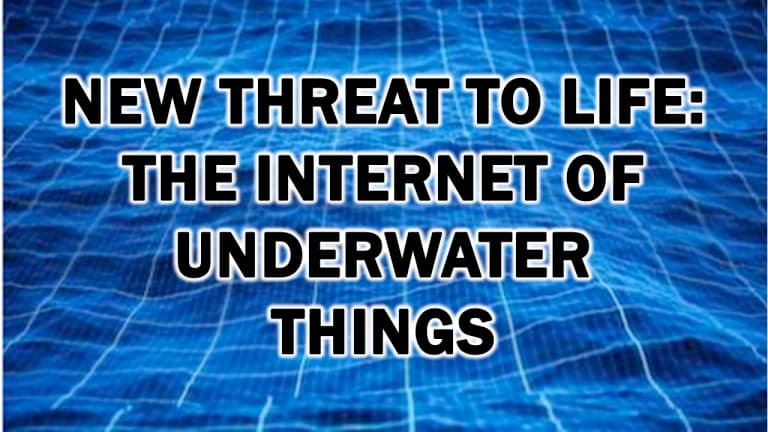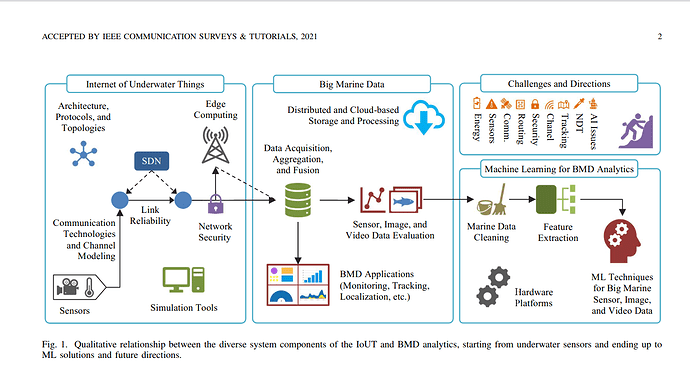The objective of the initiative is to fully invade and disrupt the oceans in the name of, what else, lucrative “sustainable development,” plus military gains.
https://truthbasedmedia.com/2022/02/12/new-threat-to-life-the-internet-of-underwater-things/
In a 2012 paper, the Internet of Underwater Things (IoUT) is defined as a “world-wide network of smart interconnected underwater objects that enables to monitor vast unexplored water areas.”
It includes such obviously bad ideas as introducing underwater devices that communicate long-distance through impactful acoustic waves — deafening marine life — as well as installing nodes and devices at the ocean floor, scattering numerous underwater vehicles and robots all over the oceans, creating electromagnetic interferences, and much more.
DARPA’s “Ocean of Things”
Speaking of DARPA: According to Forbes, they were “awarded a contract for the next phase of development of its Ocean of Things (OoT), a project to seed the seas with thousands of floating sensors, monitoring everything that passes from aircraft to submarines.”
6G
“Sixth-generation wireless communication (6G) will be an integrated architecture of ‘space, air, ground and sea’. One of the most difficult parts of this architecture is the underwater information acquisition which need to transmit information cross the interface between water and air.
“Some of the underwater acoustic modems that are being marketed are capable of producing sound as loud as 202 decibels. That is equivalent to 139 decibels in air. It is as loud as a jet engine at a distance of 100 feet, and is above the threshold for pain in humans.
These modems blast modulated sound at frequencies ranging from 7 kHz to 170 kHz, encompassing almost the entire hearing range of dolphins, which use sound for hunting and navigating.”
“Most fish and invertebrates use sound for vital life functions
WEF
“The Ocean Data Platform is the central tool in C4IR Ocean’s efforts to unlock the power of ocean data. It is designed as a global, open-source, integrated data digital ecosystem built to pilot and support new data-driven tools to enable ocean health and productivity.”
The “Ocean Panel”
A unique initiative by 14 world leaders who are working with government, business, financial institutions, the science community and civil society to catalyse and scale bold, pragmatic solutions across policy, governance, technology and finance to ultimately develop an action agenda for transitioning to a sustainable ocean economy.



